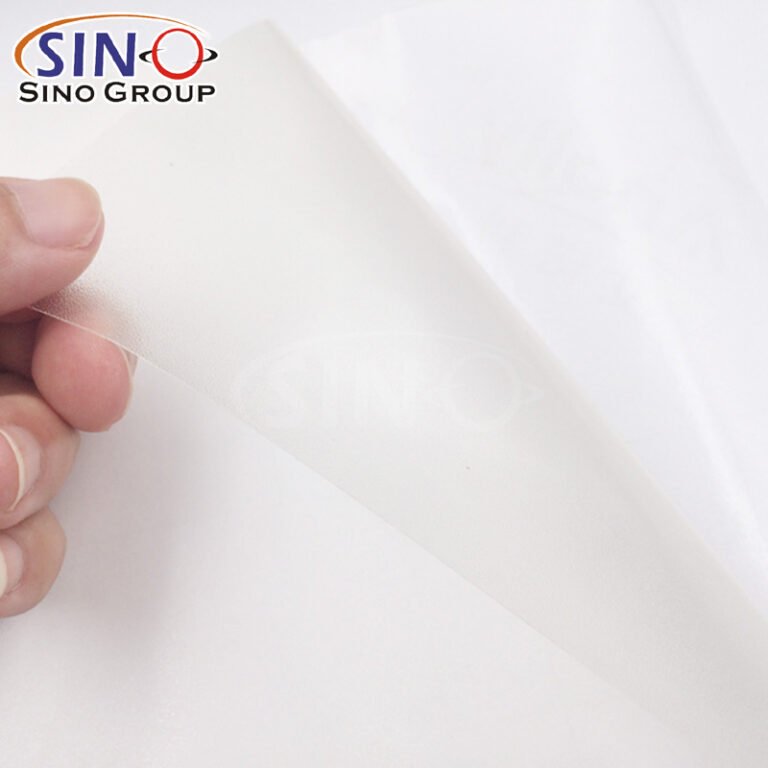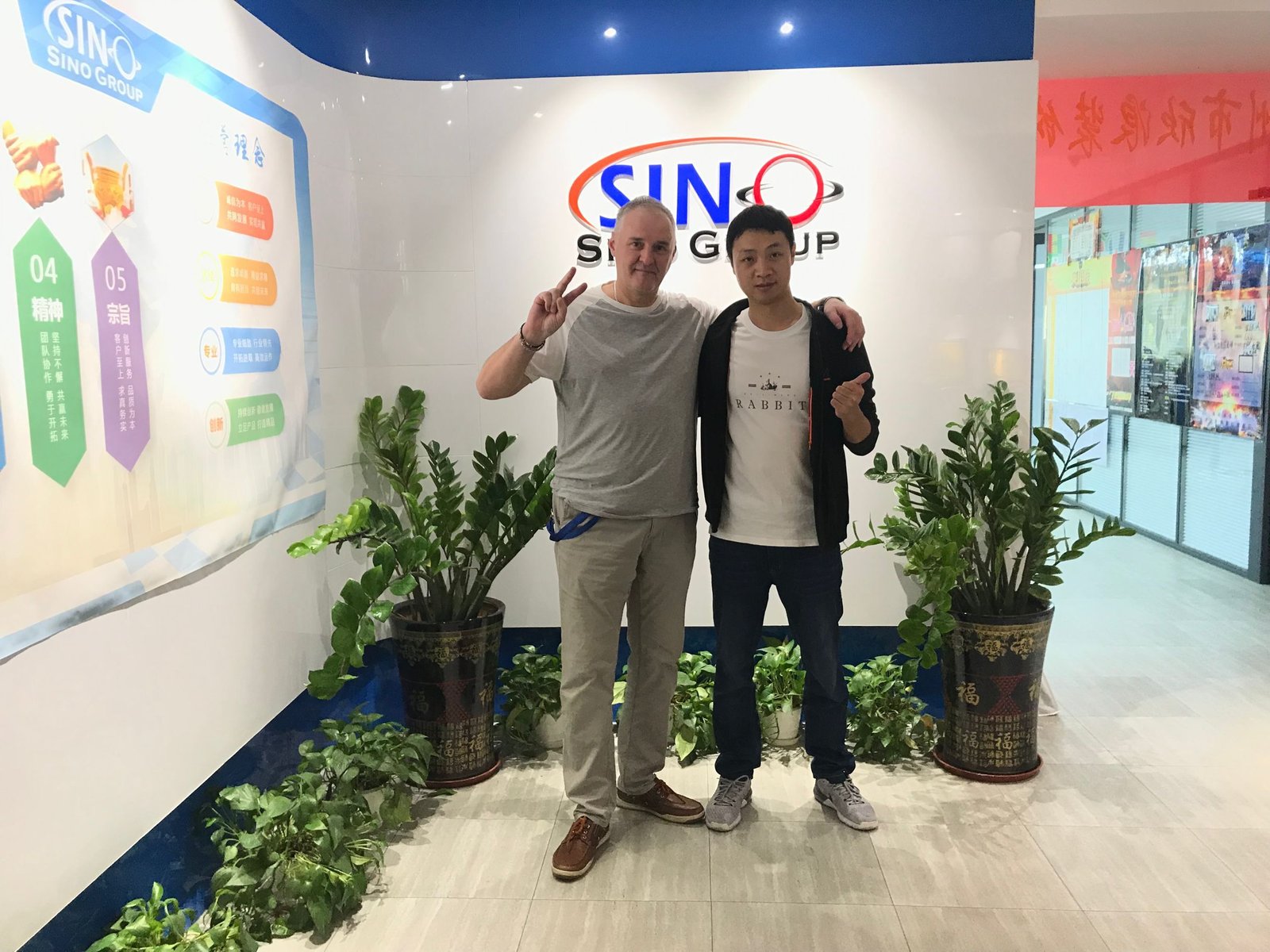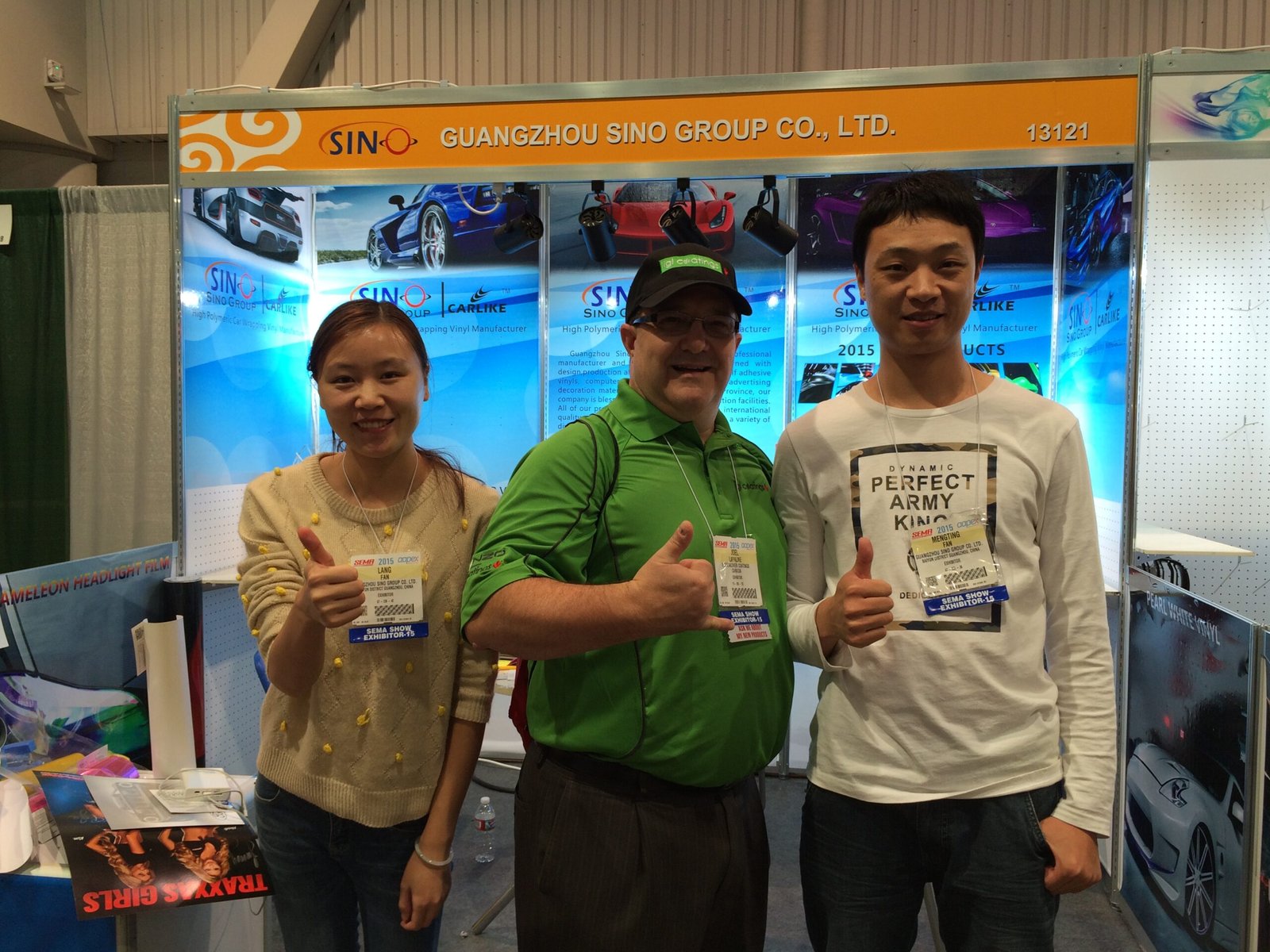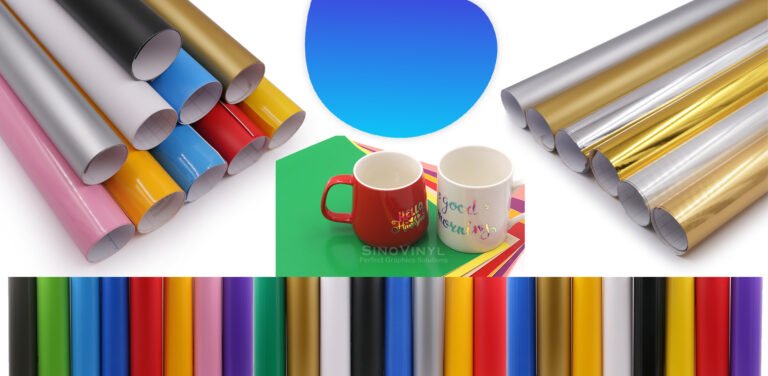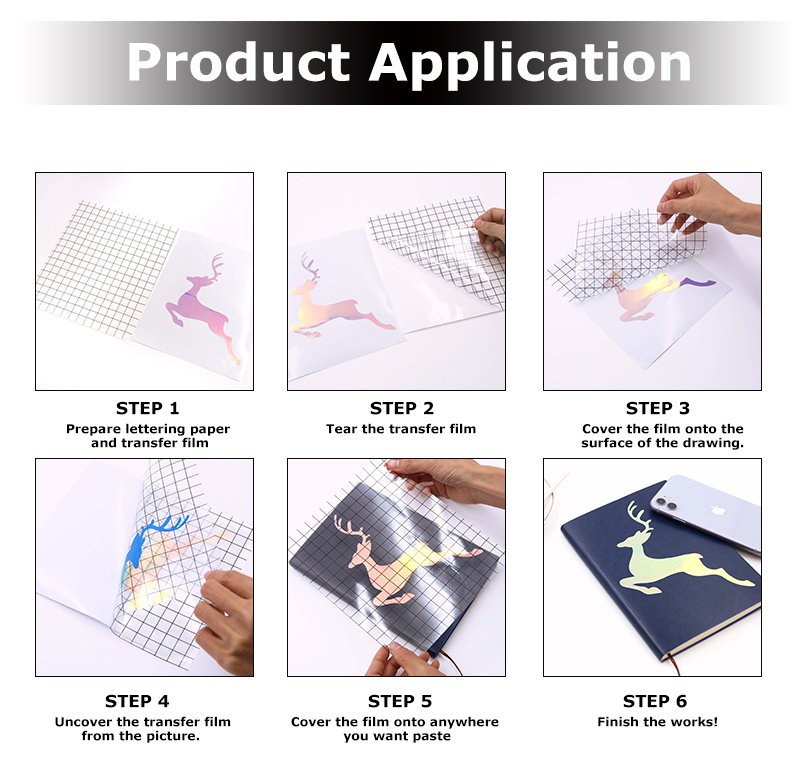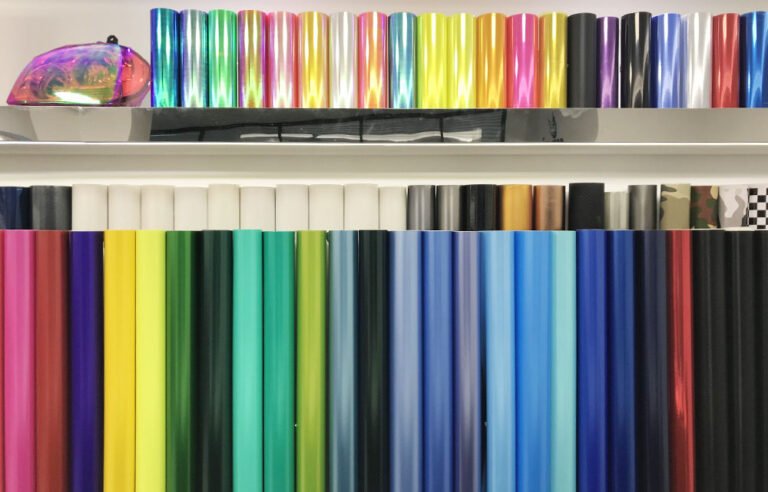Understanding the Science Behind Bubble Formation in Vinyl Applications
When applying self-adhesive vinyl, understanding the science behind bubble formation is crucial to achieving bubble-free results. The formation of bubbles during vinyl application can be attributed to several factors:
1. Air Trapped During Installation
Bubbles can occur when air gets trapped between the adhesive side of the vinyl and the surface it is being applied to. This can happen due to improper handling, inadequate surface preparation, or insufficient pressure during installation.
2. Surface Contamination
The presence of dust, dirt, or other contaminants on the surface can prevent proper adhesion of the vinyl, leading to the formation of bubbles. Even tiny particles can create pockets of trapped air when the vinyl is applied.
3. Improper Application Techniques
Incorrect techniques such as stretching the vinyl excessively or applying it too quickly without allowing air to escape can contribute to bubble formation. Applying too much pressure in one area while neglecting others can also cause uneven adhesion and bubble formation.
4. Temperature and Humidity
Environmental factors play a role in vinyl application. High temperatures and humidity can affect the adhesive properties of the vinyl, making it more prone to bubbling. Rapid changes in temperature can also cause the vinyl to expand or contract, creating air pockets.
To prevent bubble formation and achieve a smooth application, consider the following guidelines:
1. Surface Preparation
Ensure that the surface is clean, dry, and free from dust, oil, or any other contaminants that could interfere with adhesion.
2. Slow and Controlled Application
Take your time during installation, applying the vinyl gradually while using a squeegee or similar tool to remove air pockets. Start from one edge and work your way to the other, maintaining consistent pressure.
3. Use Proper Techniques
Avoid excessive stretching or pulling of the vinyl, as this can distort its shape and create tension that leads to bubbles. Apply the vinyl smoothly and evenly, ensuring there are no wrinkles or folds.
4. Apply Heat (If Applicable)
In some cases, using heat (such as with a heat gun or hairdryer) can help the vinyl conform better to the surface and release trapped air. However, exercise caution and follow manufacturer guidelines to prevent overheating or damage to the vinyl.
By understanding the science behind bubble formation and implementing proper techniques and precautions, you can significantly minimize the occurrence of bubbles and achieve seamless results in your vinyl applications.




Step-by-Step Guide: How to Prepare Surfaces for Bubble-Free Vinyl Installation
Preparing the surface before installing bubble-free self-adhesive vinyl is crucial to achieving a flawless and long-lasting result. Follow these steps to properly prepare the surface:
1. Gather the necessary tools
You will need a cleaning solution, lint-free cloth, squeegee or application tool, measuring tape, and a utility knife.
2. Clean the surface
Start by removing any dirt, dust, or debris from the surface where you plan to apply the vinyl. Use a mild cleaning solution or a mixture of water and isopropyl alcohol. Avoid using harsh chemicals that could damage the surface.
3. Scrub the surface
Use a lint-free cloth or sponge to gently scrub the surface, ensuring all dirt and grime are removed. Pay extra attention to any stubborn spots or stains.
4. Dry the surface
Allow the surface to air dry completely. Avoid using a hairdryer or any other heat source, as it can leave behind moisture that could affect the adhesion of the vinyl.
5. Measure and plan
Measure the dimensions of the surface and mark the area where the vinyl will be applied. Take into account any obstacles, corners, or curves that may require additional attention during installation.
6. Cut the vinyl
Using a utility knife or vinyl cutter, carefully trim the self-adhesive vinyl to the desired size and shape. Leave some extra margin around the edges for adjustments during installation.
7. Peel off the backing
Peel back a small portion of the backing paper from the vinyl, exposing the adhesive side. Be careful not to touch the adhesive with your fingers, as oils from your skin can affect the adhesion.
8. Position the vinyl
Align the exposed adhesive portion of the vinyl with the marked area on the surface. Make sure it is straight and centered according to your measurements.
9. Apply the vinyl
Slowly press down the exposed adhesive portion of the vinyl onto the surface, working from one end to the other. Use a squeegee or application tool to smooth out any air bubbles or wrinkles as you go.
10. Continue the installation
Gradually peel off the backing paper while simultaneously applying pressure with the squeegee or application tool. Work in small sections, smoothing out the vinyl as you progress.
11. Trim the excess vinyl
Once the entire vinyl is applied, use a utility knife or vinyl cutter to carefully trim away any excess material along the edges or corners. Take your time to ensure clean and precise cuts.
12. Finishing touches
Go over the entire surface once again with the squeegee or application tool, applying firm and even pressure to ensure optimal adhesion. Smooth out any remaining air bubbles or wrinkles.
Congratulations! You have successfully prepared the surface for bubble-free vinyl installation. Remember to follow the manufacturer’s instructions and take your time during the process to achieve the best results.
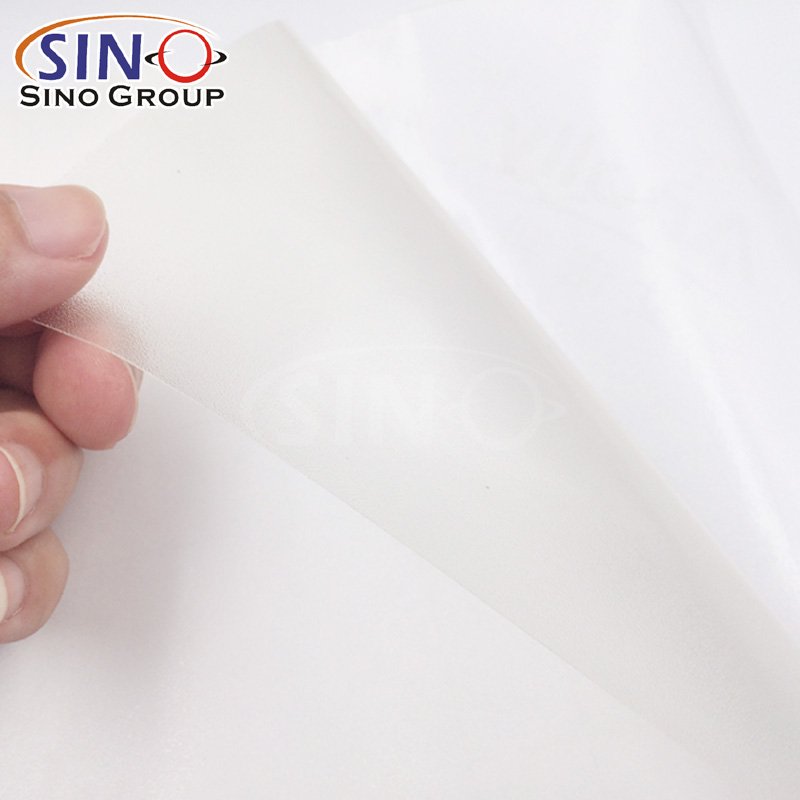
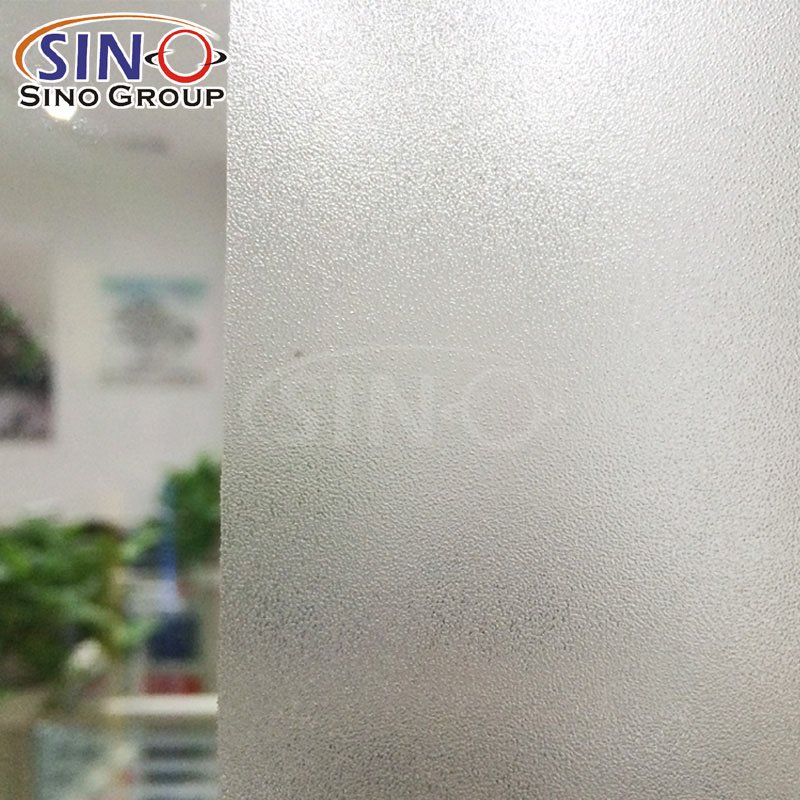
Common Mistakes to Avoid When Working with Bubble-Free Self-Adhesive Vinyl
When working with bubble-free self-adhesive vinyl, it’s important to avoid certain mistakes to ensure a smooth and flawless application. Here are some common mistakes to avoid:
1. Insufficient surface preparation
Failing to properly clean and prepare the surface before applying the vinyl can lead to poor adhesion and the formation of bubbles. Make sure to clean the surface thoroughly and remove any dust, dirt, or grease.
2. Rushing the application
Taking your time during the application process is crucial. Rushing can result in misalignment and trapped air bubbles. Take the necessary steps to position the vinyl carefully and apply it slowly and evenly.
3. Inadequate smoothing technique
Using improper tools or techniques to smooth out the vinyl can cause bubbles to form. Avoid using excessive force or rough objects that can damage the vinyl. Instead, use a squeegee or a soft cloth to gently press the vinyl and remove air pockets.
4. Neglecting to use a release agent
Some types of self-adhesive vinyl require the use of a release agent or application fluid to facilitate smooth installation. Read the manufacturer’s instructions carefully and apply the recommended release agent if necessary.
5. Ignoring temperature and humidity conditions
Environmental factors such as temperature and humidity can affect the performance of self-adhesive vinyl. Avoid applying the vinyl in extreme temperatures or high humidity, as it can compromise adhesion and lead to bubble formation.
6. Overstretching the vinyl
Stretching the vinyl excessively during installation can cause it to shrink over time, resulting in bubbles and wrinkles. Handle the vinyl with care and avoid applying excessive tension while positioning it.
7. Trapped debris under the vinyl
Dust particles, hair, or small debris can get trapped between the vinyl and the surface, leading to bubbles. Clean the surface thoroughly and ensure there are no foreign particles before applying the vinyl.
8. Improper storage
Storing the vinyl in unfavorable conditions can affect its adhesive properties. Keep the vinyl in a cool, dry place, and avoid exposing it to direct sunlight or extreme temperatures that can compromise its quality.
By avoiding these common mistakes, you can achieve a bubble-free and professional-looking result when working with self-adhesive vinyl.


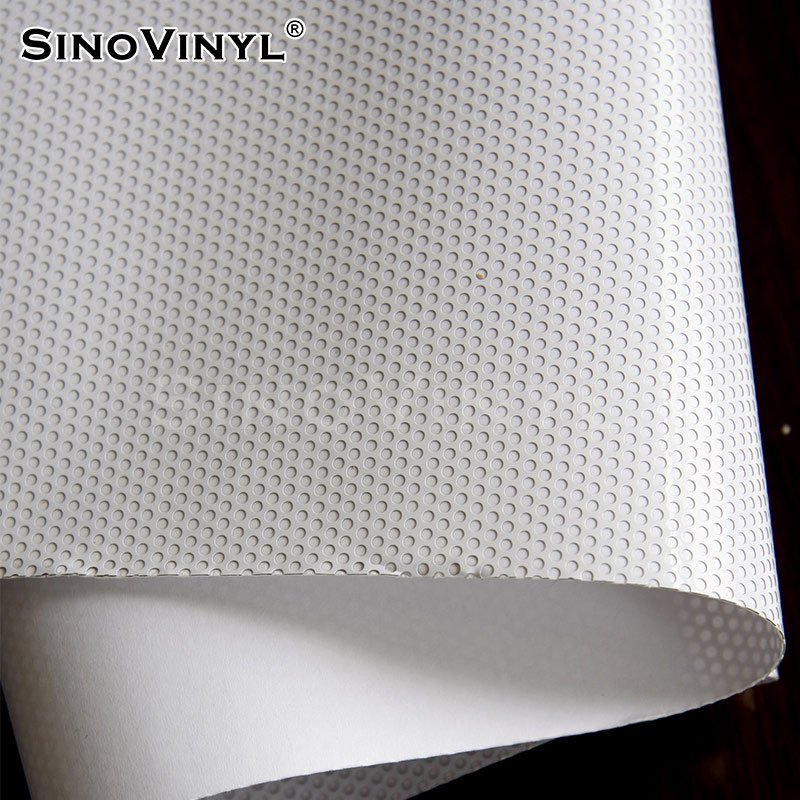
Final Words
In conclusion, the magic of bubble-free self-adhesive vinyl opens up a world of possibilities for achieving seamless results in your projects. By understanding the science behind bubble formation, properly preparing surfaces, and employing the right techniques, you can transform your applications into flawless works of art. Avoiding common mistakes such as rushing the process, neglecting surface preparation, and overstretching the vinyl will ensure a smooth and professional finish. Embrace the advantages of bubble-free self-adhesive vinyl, from its versatility in DIY home decor projects to its durability in commercial signage. With careful attention to detail and a commitment to excellence, you can harness the power of this remarkable material and unlock the true potential of your creative endeavors. So go ahead, embark on your vinyl journey, and witness the captivating transformation that comes with achieving seamless results using bubble-free self-adhesive vinyl.

